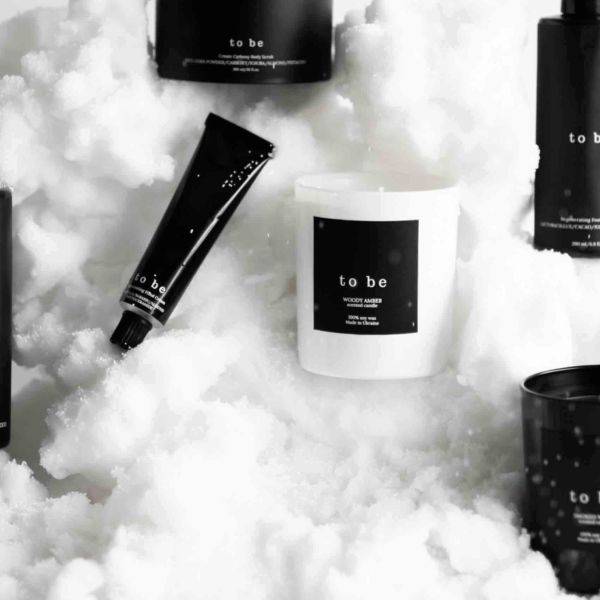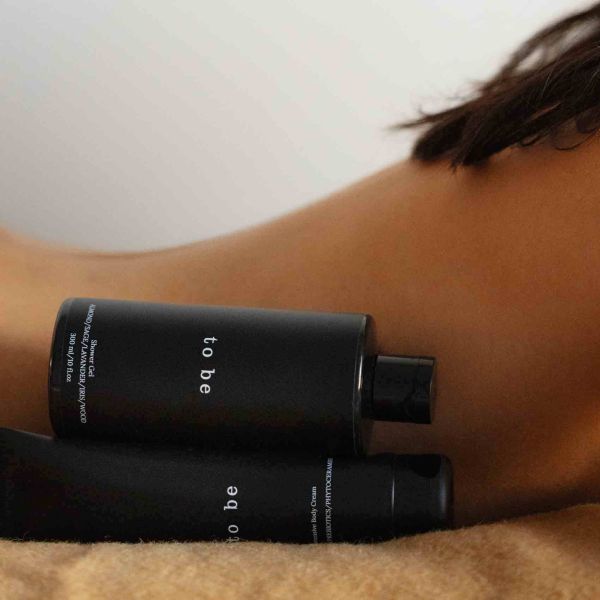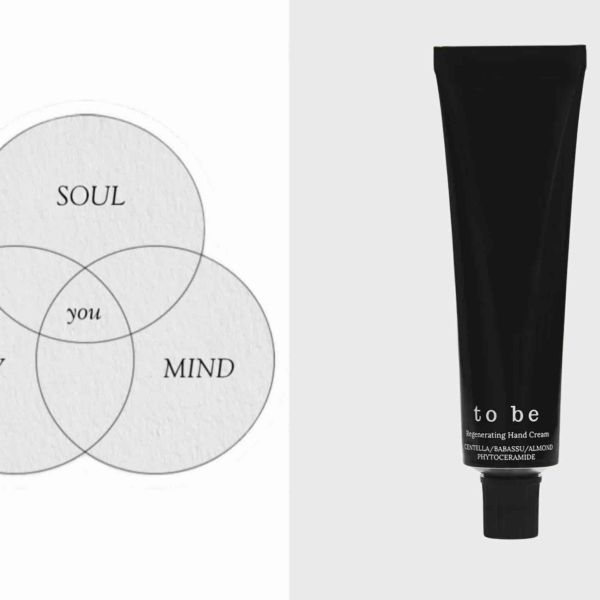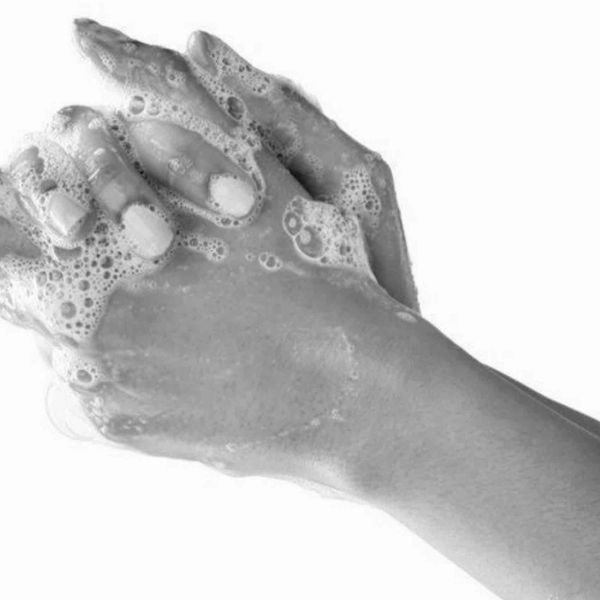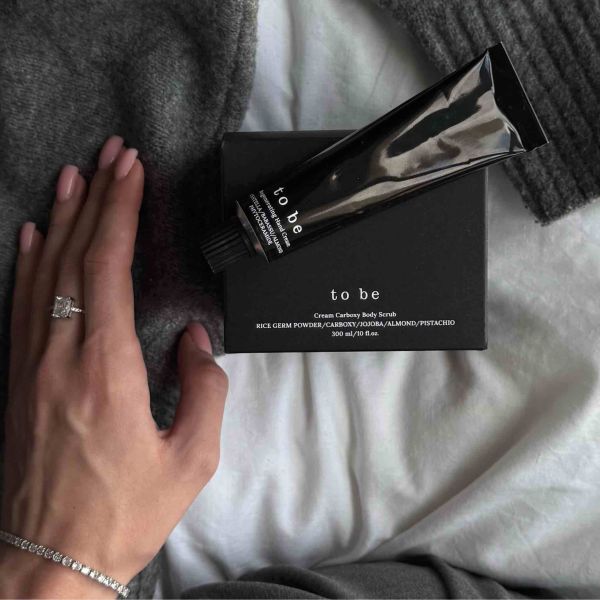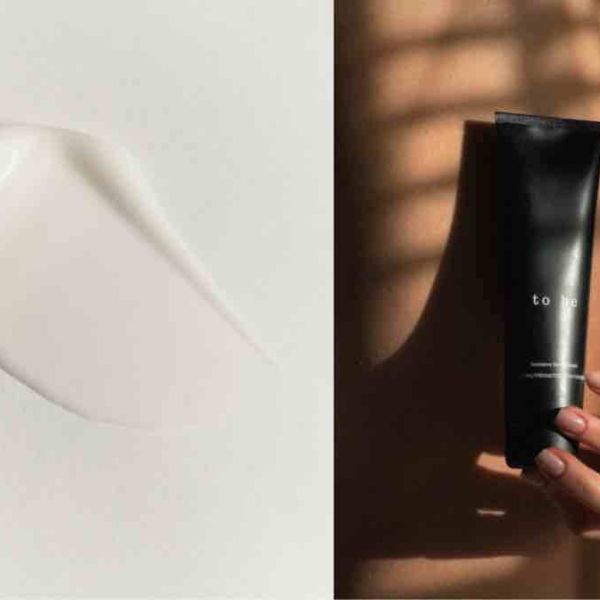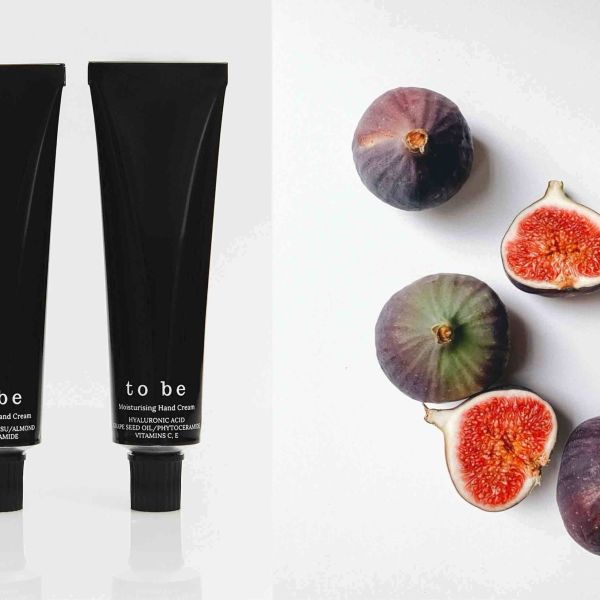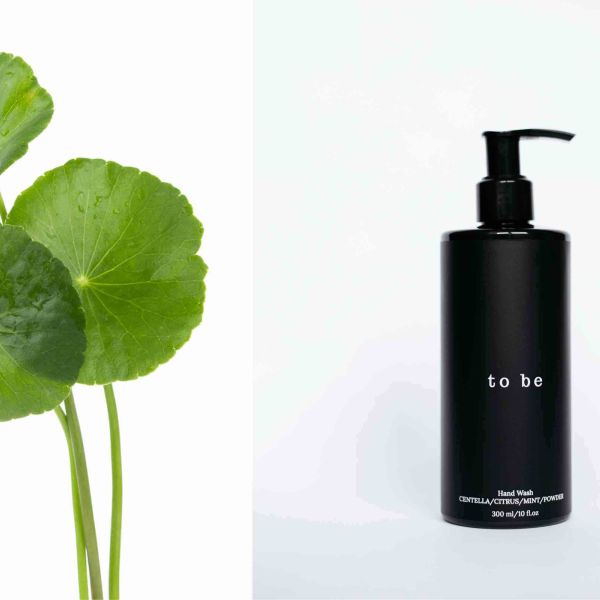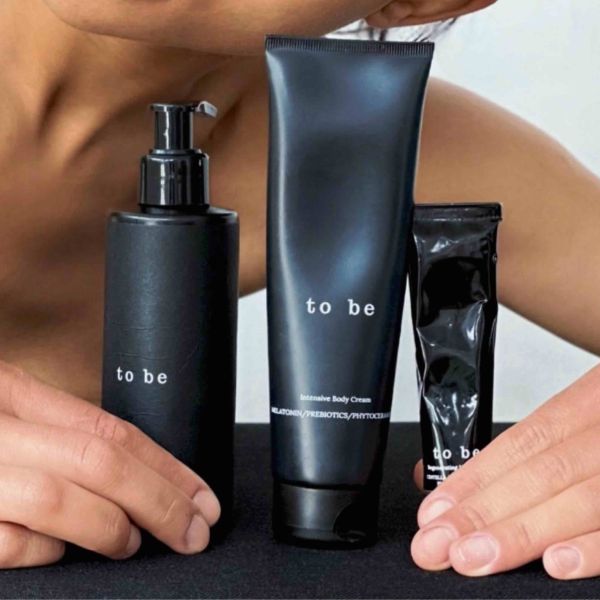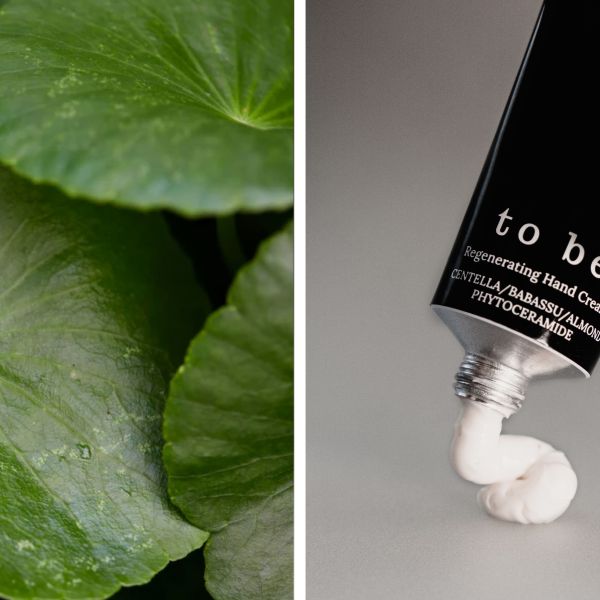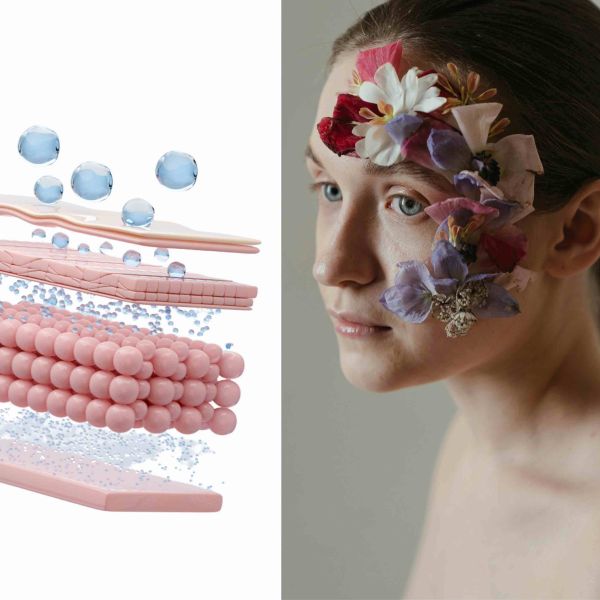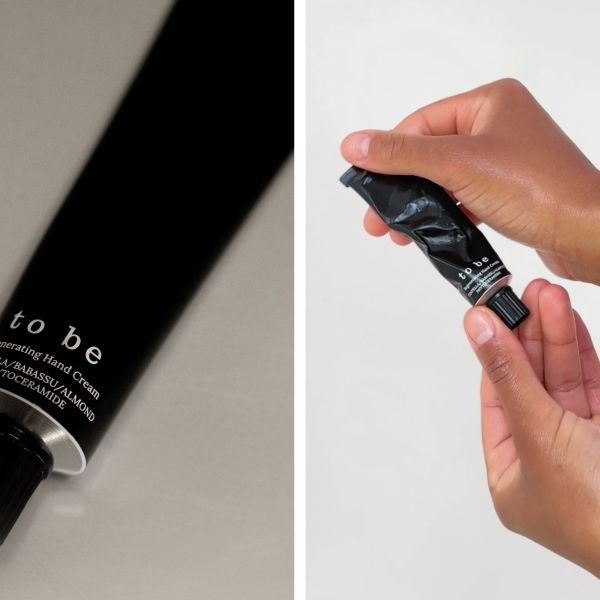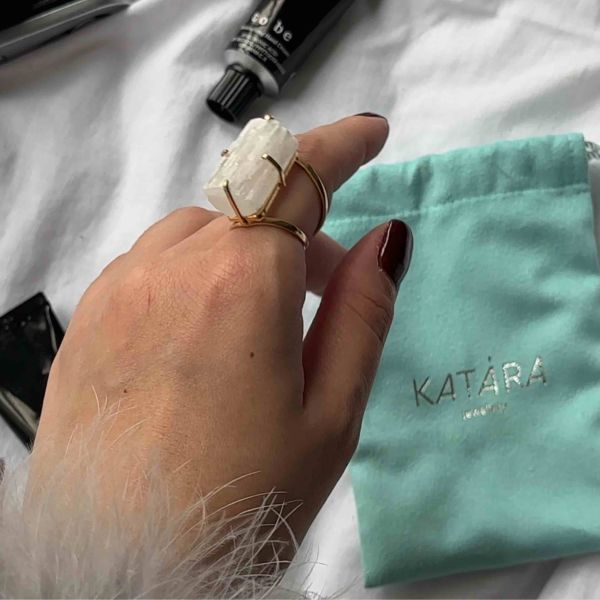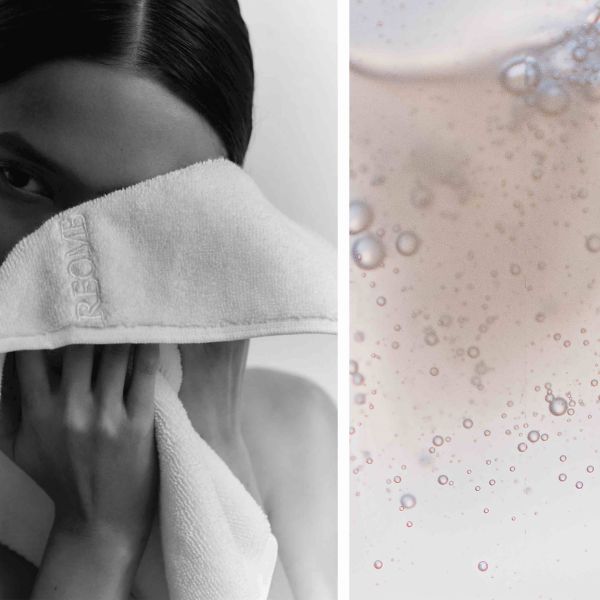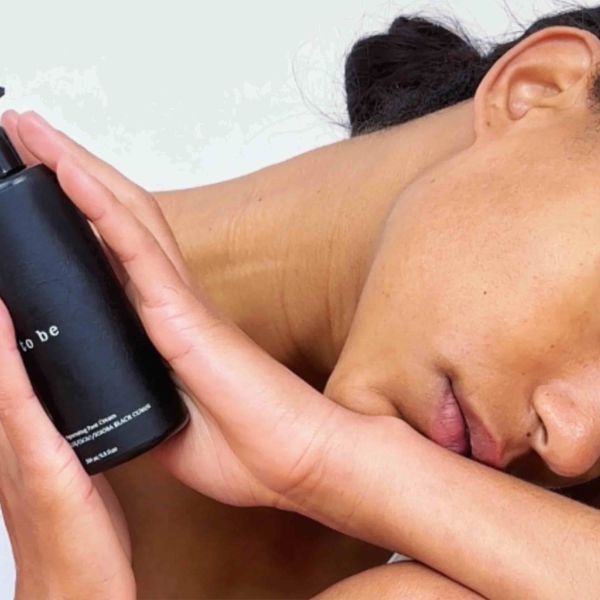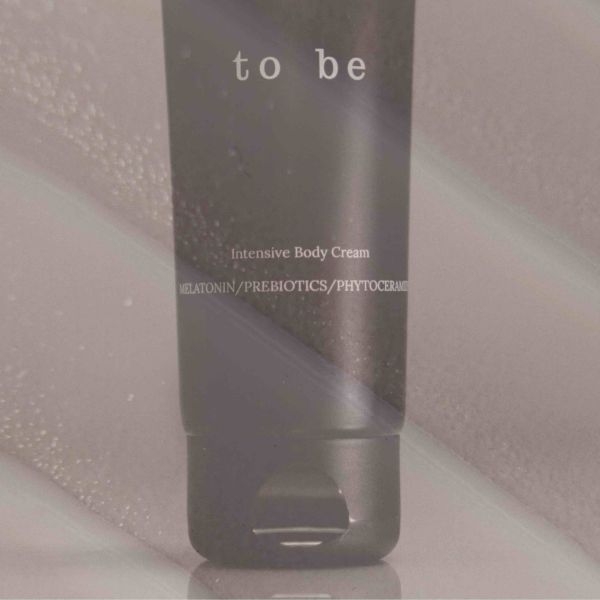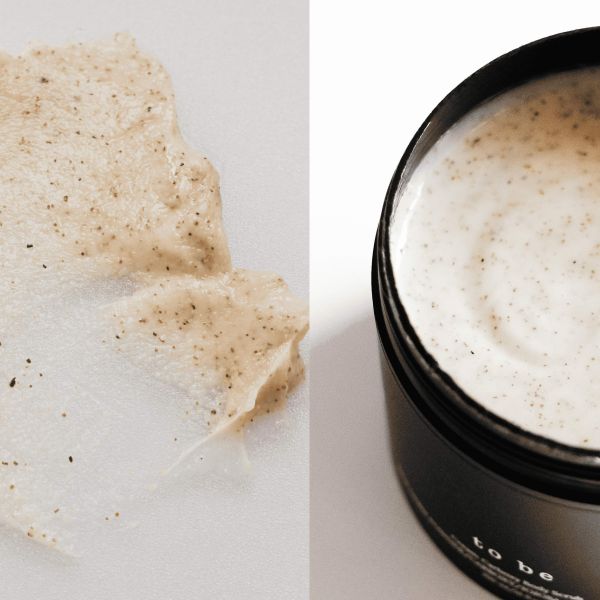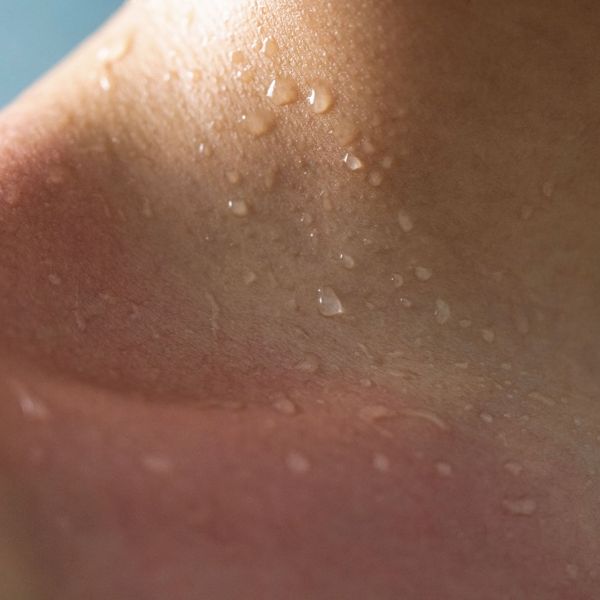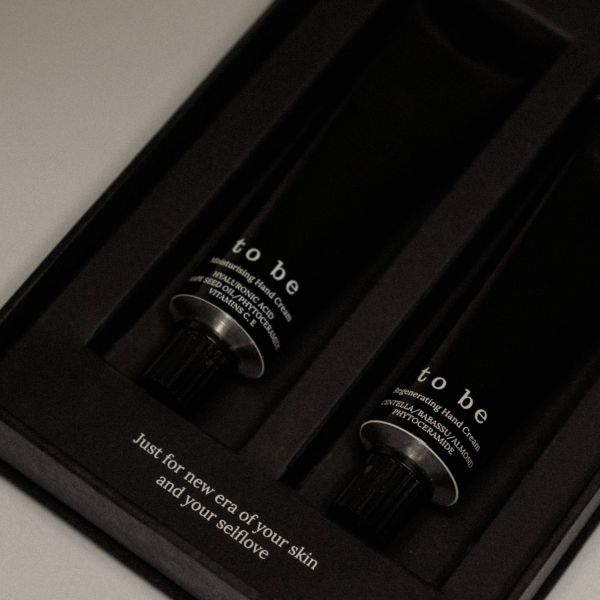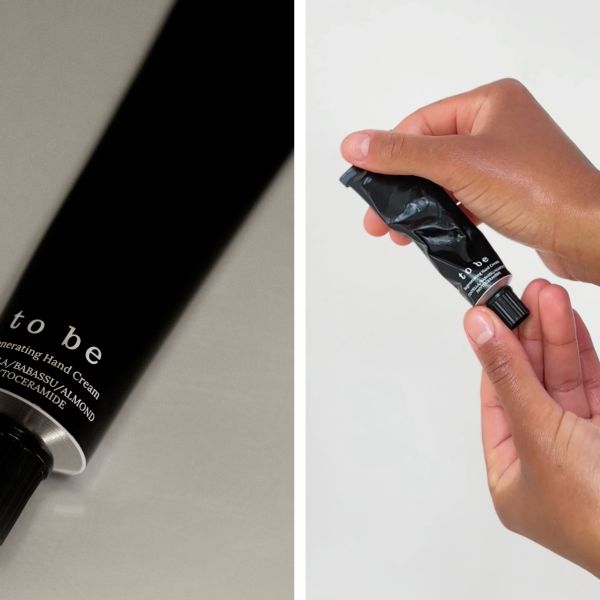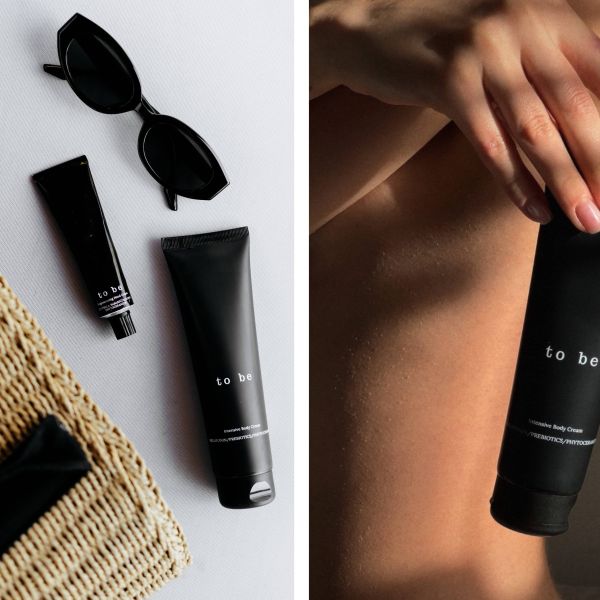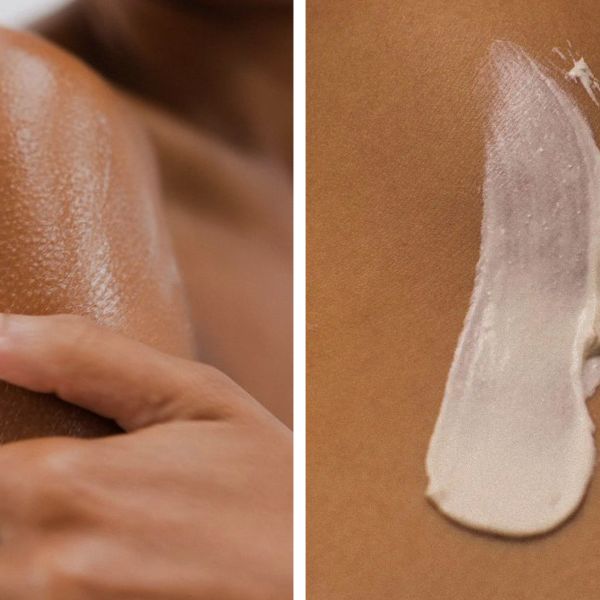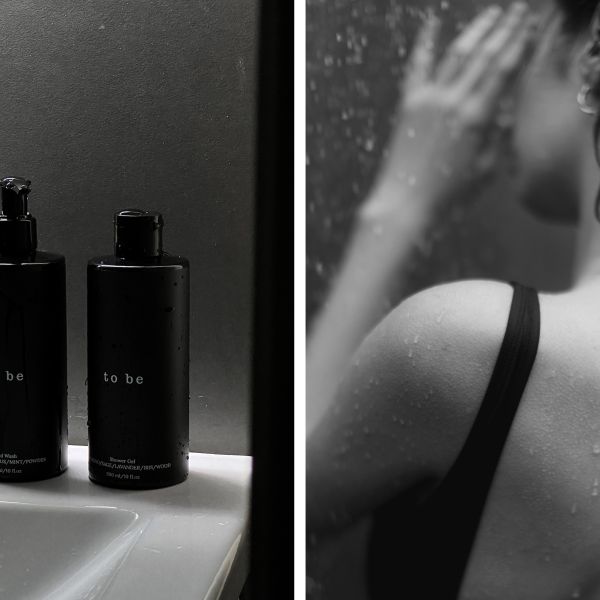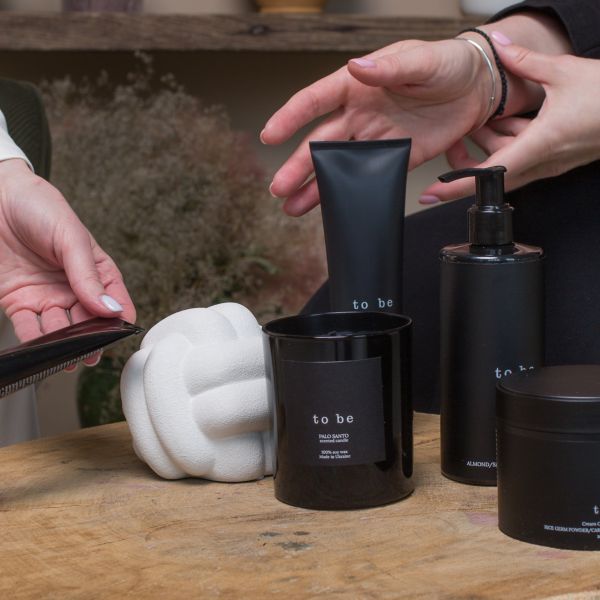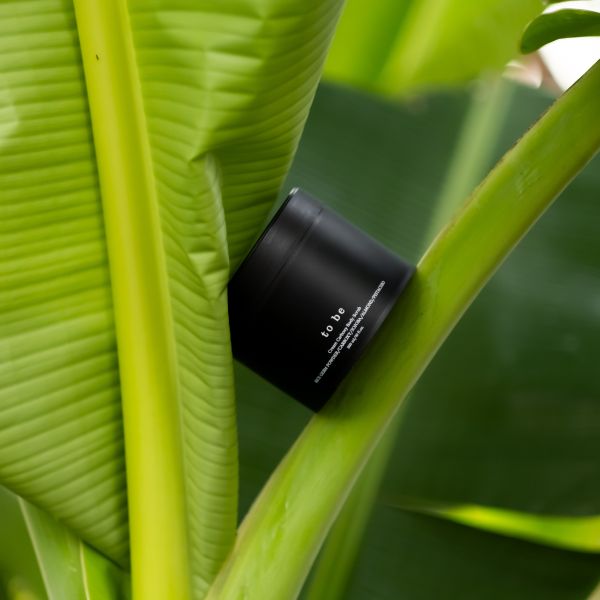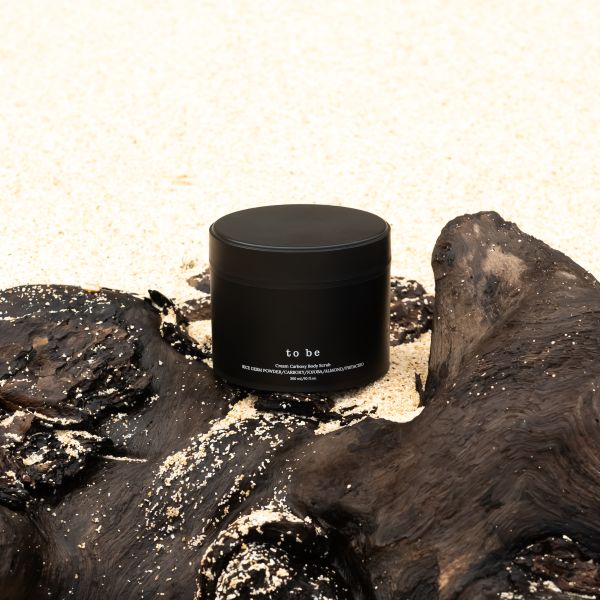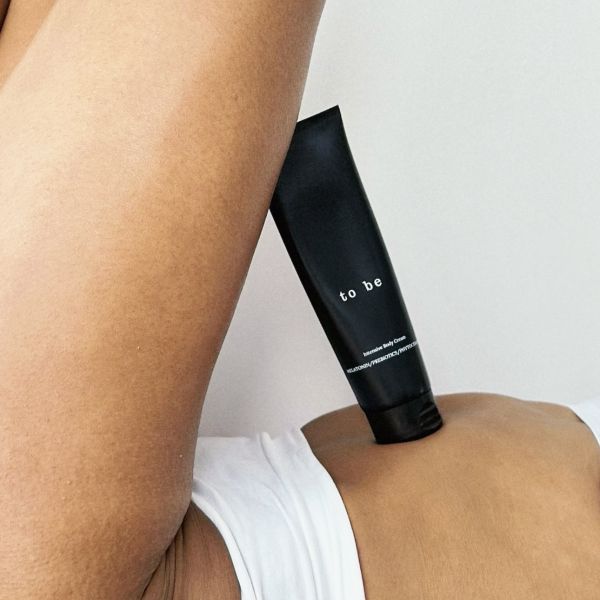- Home
- What you need to know about sun protection and sun dermatitis?
What you need to know about sun protection and sun dermatitis?
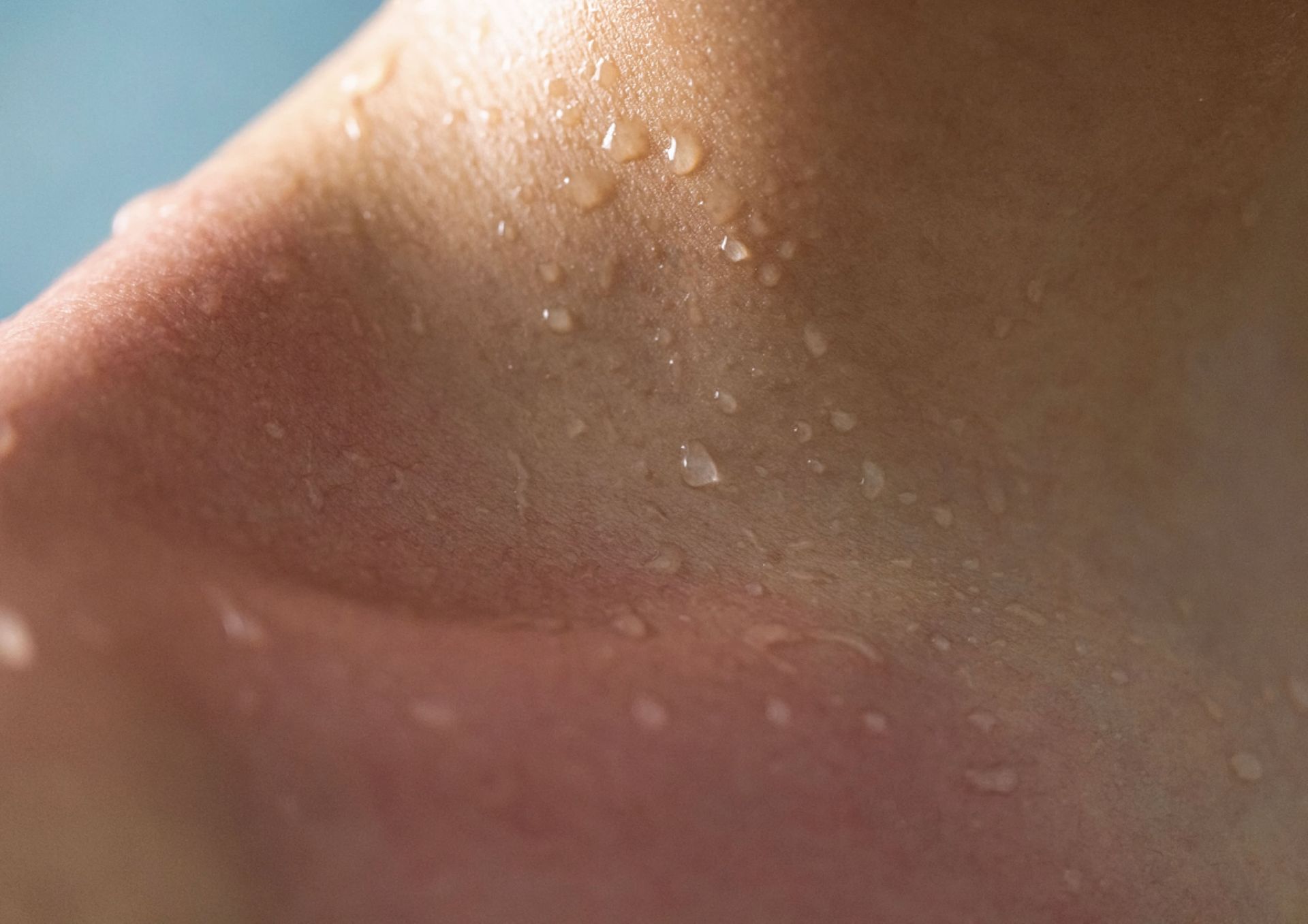
The sun is a source of life on our planet, but its ultraviolet (UV) radiation can harm our skin. Fortunately, we can protect our skin from sun exposure by using sunscreen and other methods. The harmful effects of UV radiation on the skin can manifest as:
-
Premature aging. UV rays break down collagen and elastin, leading to wrinkles, loss of elasticity, and age spots. Sunscreen helps prevent premature aging.
-
Sunburns. UVB rays cause sunburns, which can be painful and dangerous.
-
Skin cancer. UV radiation is the leading cause of skin cancer, including melanoma, the most dangerous type.
It's important to choose a sunscreen that suits your skin type and environmental conditions.
What is Sun Dermatitis?
Sun dermatitis is an inflammatory skin condition caused by exposure to ultraviolet radiation. It most commonly occurs in people with sensitive skin or those who have been in the sun for a long time. Sun dermatitis can be triggered by direct sun exposure or by indirect factors, such as reactions to certain medications or cosmetic products.
Sun dermatitis can also result from a phototoxic reaction, where certain chemicals combined with UV radiation cause skin damage. This can involve certain medications, perfumes, or cosmetic products.
Symptoms of Sun Allergy
The main symptoms of sun allergy include:
- Redness and inflammation of the skin
- Itching and burning
- Blisters and rashes
- Skin peeling
Symptoms may appear within minutes or hours after sun exposure. In severe cases, large blisters may develop, and even body temperature may rise. It's important to pay attention to symptoms and take immediate action to alleviate them, as prolonged exposure can lead to serious complications.
What does sun dermatitis look like?
To understand what sun dermatitis looks like, you can refer to photos. It usually appears as redness and small rashes, resembling hives or eczema. Depending on the intensity of sun exposure and individual characteristics, the external manifestations can range from mild to very severe forms.
With prolonged sun exposure, the skin may become dry, rough, and begin to peel. In some cases, if no measures are taken, dermatitis can develop after a sunburn, requiring more serious medical intervention.
Creams and ointments for sun dermatitis
Special creams and ointments for sun dermatitis are available in regular pharmacies and contain zinc, panthenol, and other active ingredients. These help reduce inflammation and speed up skin healing. Some of these products also contain antibiotics to prevent infection in case of skin damage. It is important to use these products according to the instructions and doctor’s recommendations.
Various ointments for sun dermatitis may contain hormonal components that quickly reduce inflammation and itching. However, the use of such products should be short-term and only under a doctor’s supervision, as they may have side effects.
Prevention of sun dermatitis
To prevent sun dermatitis, it is important to:
- Use sunscreens with high SPF
- Wear protective clothing and hats
- Avoid sun exposure during peak hours
- Take antihistamines if you are prone to allergies
Following these recommendations can significantly reduce the risk of developing sun dermatitis and help maintain healthy skin.
It’s also important to remember that regular use of moisturizing products helps keep your skin in good condition and enhances its protective properties.
Therefore, we recommend trying our moisturizing body products that care for your skin, nourishing it with essential components. The "to be" body cream intensively moisturizes and nourishes, strengthens the skin’s protective barrier, and natural oils soften and promote regeneration.
Intensive Body Cream has a light texture, absorbs quickly, and leaves no residue on the skin. It is ideal for any skin type, providing pleasant care and comfort throughout the day.
Stay healthy and remember to maintain the health and beauty of your skin.

